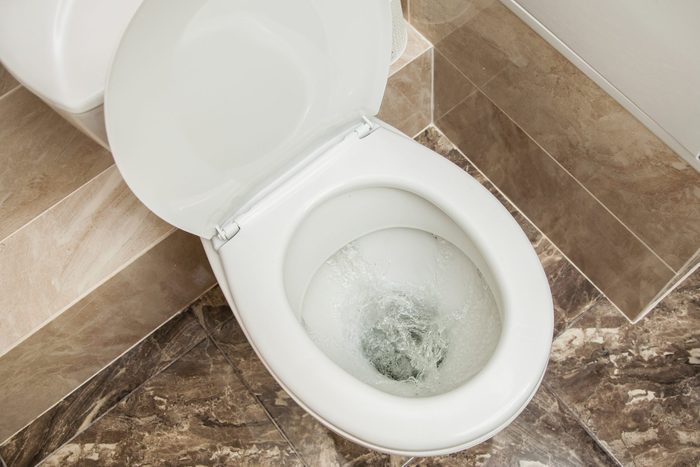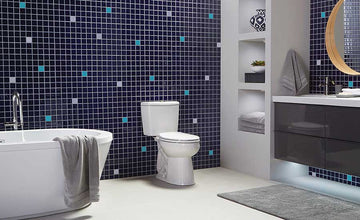In the world of sustainable living, low-flow toilets are a popular choice for homeowners looking to conserve water and reduce utility bills. However, they can sometimes present unique challenges. If you've found yourself dealing with a low-flow toilet that just isn't performing as expected, you're not alone. This article will guide you through the process of understanding and resolving common issues associated with these eco-friendly fixtures.

Understanding Low-Flow Toilets
Before diving into troubleshooting, it's essential to understand what makes low-flow toilets different from traditional models. Low-flow toilets use less water per flushtypically 1.6 gallons or lesscompared to the 3.5 gallons or more used by older toilets. This significant reduction in water usage can lead to issues such as weak flushes and incomplete waste removal.
Common Issues with Low-Flow Toilets
While low-flow toilets are designed to save water, they can sometimes lead to issues that require attention. Here are some common problems:
Weak Flush
A weak flush is one of the most frequent complaints about low-flow toilets. This can be caused by low water pressure, incorrect installation, or blockages in the pipes. To address this, ensure that the water supply valve is fully open and check for any visible obstructions in the toilet trap or waste pipe.
Clogs and Blockages
Due to the reduced water volume, low-flow toilets can be more prone to clogs. Regular maintenance, such as using a plunger or a toilet auger, can help prevent and clear blockages. Additionally, consider using less toilet paper or switching to a brand that dissolves more easily in water.
Incomplete Waste Removal
Another issue is incomplete waste removal, where waste remains in the bowl after flushing. This can occur if the water level in the tank is too low or if the flapper is not functioning correctly. Adjusting the float arm or replacing the flapper can often resolve these problems.
Step-by-Step Troubleshooting Guide
Now that we've identified some common issues, let's walk through a step-by-step troubleshooting guide to fix your low-flow toilet:
Step 1: Check the Water Supply
Ensure that the water supply valve is fully open. This is usually located on the wall behind the toilet. A partially closed valve can restrict the flow of water into the tank, leading to a weak flush.
Step 2: Inspect the Float and Flapper
Open the toilet tank lid and take a look inside. Check that the float is set to allow the tank to fill to the proper level. If the flappera rubber seal at the bottom of the tankis worn or damaged, it may not seal properly, resulting in water leaking into the bowl and a weak flush.
Step 3: Clear Any Blockages
Use a plunger to try and clear any blockages in the toilet bowl. For more stubborn clogs, a toilet auger can reach deeper into the waste pipe and remove obstructions.
Step 4: Adjust the Flush Mechanism
If your toilet features an adjustable flush mechanism, ensure it is set to provide the maximum flush power. This adjustment can often be done by turning a screw or sliding a lever within the tank.
Preventive Measures for Low-Flow Toilets
To keep your low-flow toilet functioning optimally, consider these preventive measures:
Regular Maintenance
Perform regular inspections of your toilet to catch any issues early. Clean the tank and bowl to prevent mineral buildup and ensure that all components are in good working order.
Use Compatible Products
Choose toilet paper and cleaning products designed to work with low-flow toilets. These products are typically labeled as septic-safe or biodegradable, reducing the likelihood of clogs and other issues.
Conclusion
Low-flow toilets are an excellent choice for conserving water and promoting sustainability. By understanding how they work and how to troubleshoot common issues, you can ensure that your low-flow toilet remains a reliable fixture in your home.
For more insights on water-saving toilets and their impact on the environment, check out this article on our site.

FAQs
Why is my low-flow toilet not flushing properly?
Issues such as a weak flush, clogs, or low water pressure can cause improper flushing. Check the water supply and inspect the tank components to address these problems.
Can I increase the flush power of my low-flow toilet?
Yes, you can adjust the flush mechanism to provide more power. Ensure the water level in the tank is correct and that the flapper is sealing properly.
Are low-flow toilets more prone to clogging?
They can be, due to the reduced water volume. Regular maintenance and using compatible products can help prevent clogs.






